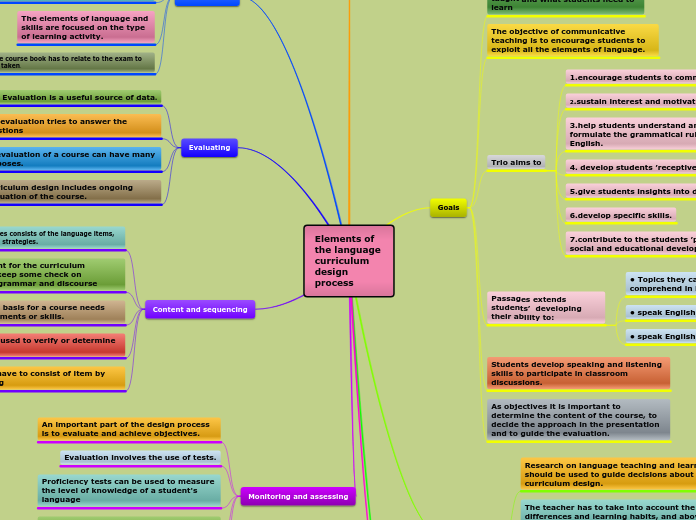HR Final Exam
Chapter 8: Total Rewards
Benefits
Optional
leave paid
ext vacation
pain education
retirement plan
family plan
daycare
Health plan
wellness plans
dental
medical
Legally Required
Worker's comp
CPP/EI
Labour
Leave (unpaid)
Vacation Time
Holiday pay
Incentive Pay
Organization
Stock ownership
Profit Sharing
Group
Team Bonus
Gain Sharing
Individual
merit pay
piecework
Bonus
Commission
Compensation
Indirect
medical benefits
Direct
Hourly Wage
Considerations
decisions about pay
Pay Structure
Pay Range
Pay Grade
Pay Rates
Pay Level
Pay Fairness
Competition
Job Structure
Effort/job difficulty
Level of responsibility
Working Conditions
Skill
Org. Goals
Legal compliance
control cost
Equity/fairness
Quality workforce
competitive
Market
labour
product
Legal
Pay Transparency
Pay equity
Human rights
Employment labour laws ie. CPP/EI
Labour standard ie. minimum wage
Chapter 7: Employee Performance
Rating Errors
How to reduce?
Data Analytics
Calibration Meeting
Training
Unconscious Bias
Ratee
Rater Accuracy
Rater Error
Recency effect
Strictness/leniency effect
Horn/Halo Effect
Unconscious bias
Sources
Past evaluation
Supervisor/manager
Self
Customers
Peers
2 methods
Rating individuals
Results
Executives
Balanced Scorecard
MBO
Behavior
Critical Incident Report
BOS
BARS
Attributes
Graphic Rating Scale
comparison
simple ranking
paired comparison
Forced distribution
Steps
5. provide conseqence/reward
4. Evaluation
3. provide support
2. Employee goals/behaviour
1. Org goals
Purpose
Administrative
Development
Performance Improvement Plan
Follow-up
Dates
Determine Goals (improve)
Evaluate Gaps
Chapter 11: HPO
Employee Experiences (directly linked)
Assess
Interviews
Stay
Exit
Surveys
Customers/Clients
Employee
Factors (increase employee experience)
Job Satisfaction & Engagement
CSR
Meaningful Work
Ethics
Knowledge sharing
Teamwork
Empowerment
Relations
Elements
Performance
Discipline
5 step process
Termination
Suspension
2nd written
written
verbal
Principles of justice
Interactional justice
Procedural fairness
Outcome Fairness
HR Audit
4 levels
Impact
Effectiveness
Efficiency
Activity
Task Design
Rewards sys
Org structure
Information sys
Org Goals
Retain Employees
Managing Turnover
Involuntary
Voluntary
Idea
Technology
People
Culture
Structure
Chapter 9: Labour relations
Key terms
Labour relations
Administering
handling grievances
Process Grievance
Decision by union - what they want to do
Union discuss with management - management come up with decision/response
Written document
Discuss with manager/supervisor
resolve conflict
Carry out the terms
collective bargaining (negotiating)
Agree
Failure
Lock-out
Strike
Disagreement
Arbitration
Conciliation
Mediation
Negotiate Terms
Hours of work
Rights
Working conditions
Pay/benefits
Prepare
Forecast Cost
Predict demands of union
Gather Data
Review old agreements
Establish Objective
Strategic
Legal considerations
Goals
Society
Union
Management
Unions
Characteristics
increase productivity
decline in union membership
Alberta & Ontario lowest union rate
around 30%
Types
Industrial unions
Labour Congress
Union local
Craft Union
Process for starting a Union
Apply to govt.
Sign membership & pay
Convince Workers









